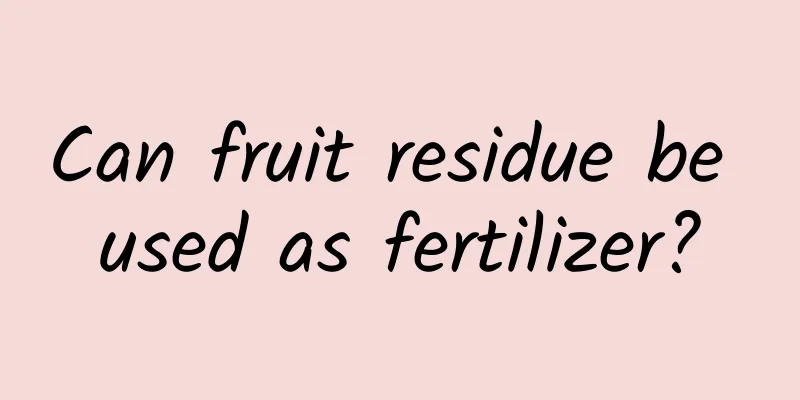A brief introduction to the production and maintenance of thyme miniature bonsai

Step 1: Choose a potWhen making a miniature bonsai, you should choose a small pot, preferably one that matches the posture of the stake and coordinates with the color of the entire plant of thyme. You can also use daily utensils as basins, such as tea cups, small bowls, and bird feeders. You need to drill holes in the bottom to improve drainage. In addition, it is best to choose the pot rack according to the color and shape of the flower pot. Step 2: Soil preparationThe soil conditions suitable for thyme growth are relatively simple, but because the leaves are slightly fleshy, its growth is easily affected by a humid environment, so it is necessary to ensure that the planting soil has good drainage properties. It is recommended to use peat soil as the cultivation soil, and other media that are conducive to drainage should be added to account for about 20% of the potting soil. Step 3: Collect materialsThe plants used to make thyme miniature bonsai should be dug or cut from strong and highly lignified thyme mother plants in spring and autumn. They can be artificially cultivated or collected from the wild. When digging, first cut the main trunk and most of the branches of thyme, then water it and wait for the soil to take shape, then cut off the main root and lateral roots in turn, dig it out with the soil ball and transplant it into the pot as soon as possible. Step 4: Put it in the basinChoose a suitable pot according to the actual shape of the cut plant, place a small piece of screen at the bottom of the pot, sprinkle a little culture soil, and move all the tree stumps with the soil ball into it. The gaps should be filled and compacted, leaving only one centimeter of space, then watered and placed in a sheltered place for a week. Step 5: MaintenanceWhen it comes to watering, we generally adhere to the principle of "watering when dry and watering when wet". During the summer drought period, watering should be done once in the morning and evening. When the plant is short of water, do not water too much at one time. The amount of watering should be increased step by step. When it comes to fertilization, the principle of "less application and thin application" is mainly followed. Homemade liquid fertilizer can be used, and chemical fertilizer can also be applied in small amounts. In terms of pruning, thyme bonsai can be pruned all year round. Dense branches and leggy branches should be pruned in time to avoid unsatisfactory plant shapes. This will also help ensure internal ventilation of the plant and reduce the threat of pests and diseases. |
<<: How to make bonsai of Phalaenopsis
>>: How to make a pothos bonsai
Recommend
The flower language and legend of wolfberry
The flower language of wolfberry What we see most...
Is it better to grow potatoes hydroponically or in soil?
Is it better to grow potatoes hydroponically or i...
Orchid seed propagation technology, what kind of soil is best for cultivation
1. Planting method 1. Prepare potting soil: The f...
How to water Monstera
Summer watering Monstera prefers a relatively hum...
Is gardenia difficult to grow? You haven't tried these four tricks.
The soil should be suitable Gardenia is a plant t...
Why the number of wintersweets blooming decreases year by year
No strength pruning and pinching After each flowe...
Are the leaves of the spider plant turning yellow, drying up, and wilting? Don’t worry, here’s one trick to help you solve it!
What should I do with the dry tips of spider plan...
Why are flowers fragrant?
1. The reason for the fragrance of flowers Some f...
Where do pomegranates grow?
There are many varieties of pomegranates, but mos...
What to do if the leaves of Cineraria turn yellow
Yellowing of Cineraria Leaves – Boron Deficiency ...
Is the lotus poisonous? Can it be placed in the bedroom?
1. Is it poisonous? Lotus is non-toxic and does n...
What vegetables will be expensive in 2022 (what vegetables will have the best prospects for planting next year)
What vegetables can I grow to get good prices and...
What are the uses of dandelions?
1. Clear away heat and detoxify Dandelion is cold...
When you use this “special water” to grow jade plants, their branches and trunks will grow rapidly and they will become “old stumps” in less than a year!
It is said that the material for making this &quo...
How to water Desert Rose
Desert Rose Watering Tips Desert rose is a plant ...









